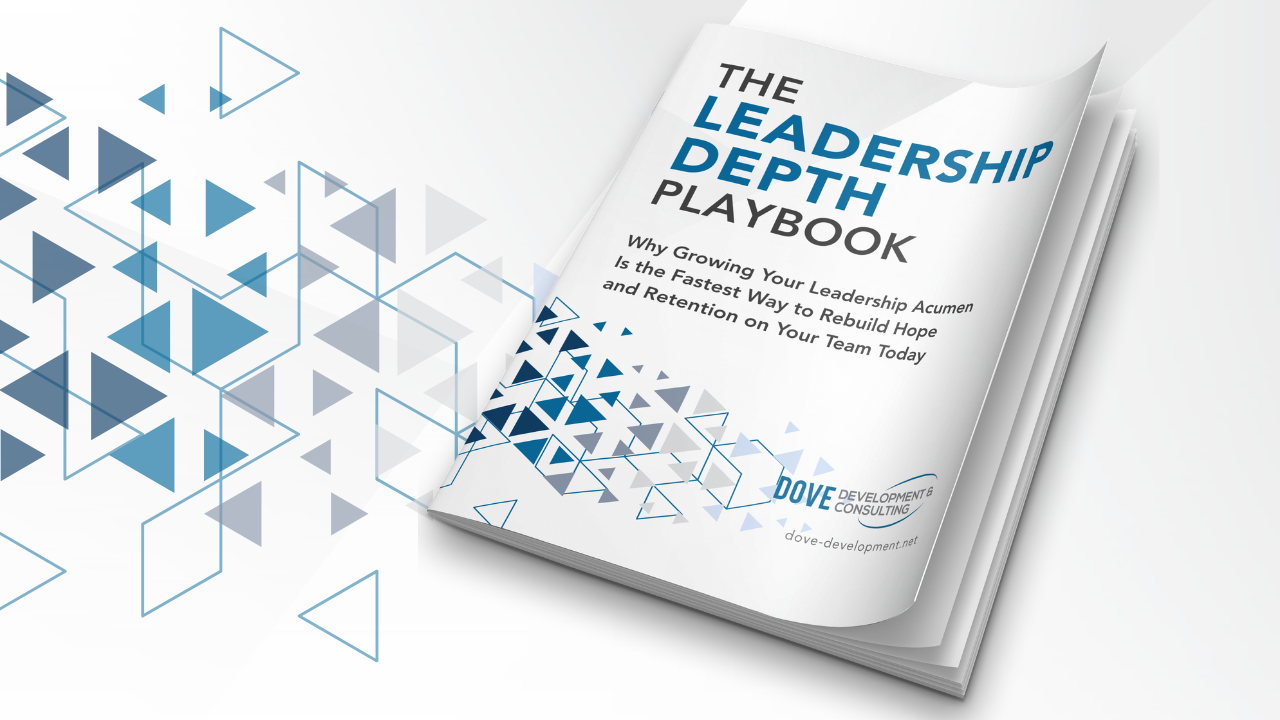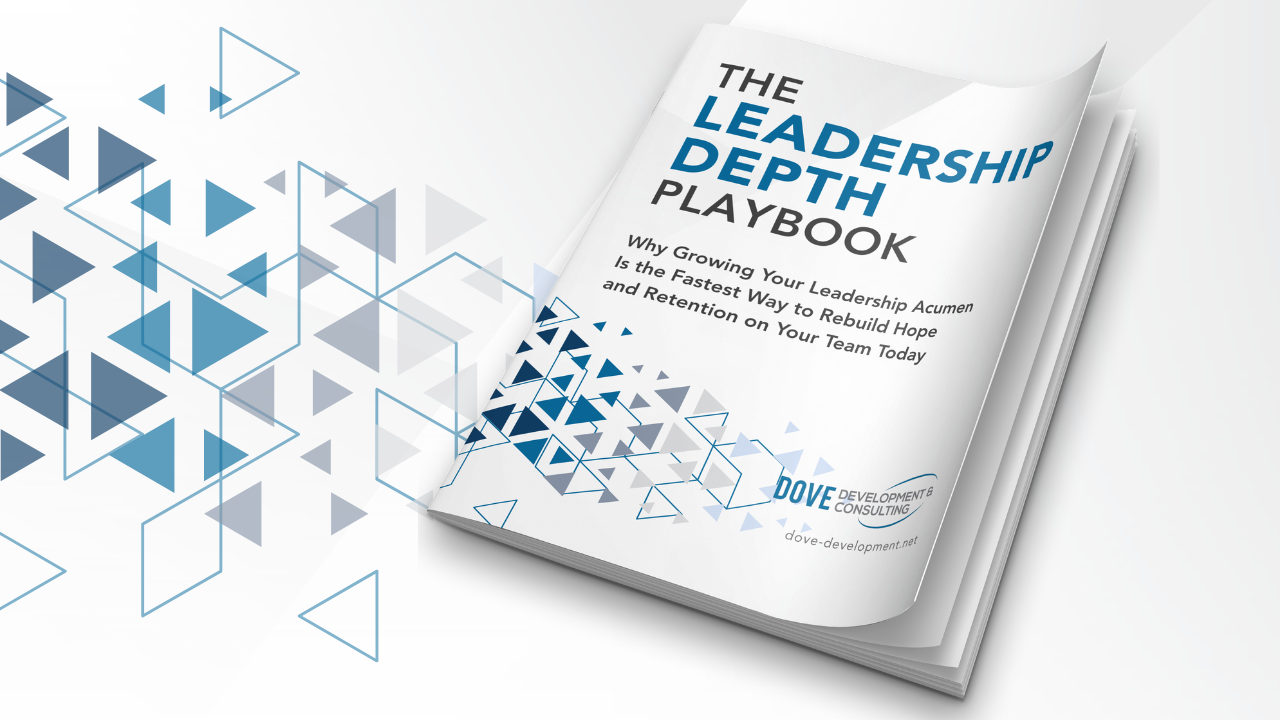Coming to Grips with How We’re Wired
Aug 07, 2024
Hopefully you’ve invested some serious energy into the legacy question. If not, circle back to that again (and again if necessary) before reading what follows…
Assuming you follow directions better than I do, we should be ready to dig deeper into that first question I challenged you with; Do you really understand why you do what you do? This isn’t a question with deep, philosophical meaning; I’m not that smart! It is, however, a question of understanding what motivates us to go above and beyond the call of duty in our daily routines as well as what drives us to be our best when the chips are down. As we push through the weight we’ve accepted in leading our teams, the fulfillment we get from working toward our clear purpose is essential in keeping us on track. Understanding how we’re wired, where that fulfillment comes from and how it can vary under more stressful circumstances, is critical in doing that.
Earlier in this process, I briefly shared some ways leaders can apply the DISC Model of Human Behavior to have a better shot at connecting a clear purpose with each individual on our teams; communicating that purpose with them the way they need to receive it rather than how we’d naturally send that message. The more I’ve studied the science that William Marston put together in developing this tool, the more convinced I’ve become that it’s the most practical and applicable resource for improving communication - in any environment - that I’ve ever seen. But improving communication certainly isn’t where its value ends.
I also made some very direct references near the beginning of this look at leading with a clear purpose as to how important that same methodology can be in identifying the purpose that drives us. Recognizing the outcomes that best fuel us - Results, Fun, Peace & Harmony, or Precision - can be key in crafting how we clarify and work to achieve our purpose, but coming to grips with the things that spur our emotions can be pivotal keeping our purpose top-of-mind and in how we connect it with the purpose our organization needs to achieve.
In Emotional Intelligence 2.0, Travis Bradberry lists the four components that make up emotional intelligence. He shares that “Self-Awareness is your ability to accurately perceive your own emotions in the moment and understand your tendencies across situations.” He describes Self-Management as “your ability to use your awareness of your emotions to stay flexible and direct your behavior positively.” Bradberry then defines Social Awareness as “your ability to accurately pick up on emotions in other people and understand what is really going on with them.” And finally, he tells us that Relationship Management is “the ability to use your awareness of your own emotions and those of others to manage interactions successfully.”
Early in that book, Bradberry sets the stage for the importance of emotional intelligence with this statement: “Your EQ is the foundation for a host of critical skills. EQ is so critical to success that it accounts for 58 percent of performance in all types of jobs.” While I could see the value of emotional intelligence from the first time I read anything about it, I’ll admit that I struggled to understand what I could do to develop my own. In studying Marston’s work on the DISC Model of Human Behavior, as well as the scientific research he did to develop it that also yielded his book The Emotions of Normal People, I realized that I could apply what that told be about how I communicated and how I was wired to behave to develop a simple approach for steadily improving how I dealt with each of the four components of emotional intelligence.
The Model of Human Behavior provided me with a deeper level of self-awareness than any other resource I had seen. Understanding how my behavior (and communication) tends to change under stress, as well as recognizing the things that cause that stress, has done wonders in helping me hone the way I’ve isolated and worked toward my own clear purpose. This same understanding helped me just as much in developing the other two components of emotional intelligence, and I believe that’s enabled me to be more effective in communicating an organization’s purpose with a purpose that drives an individual team member so we’ll pick up there next time.
90-DAY GUIDE: Lead Your Team Through Any Leadership Challenge
Did You Know?
Growing your leadership acumen is the fastest way to equip your team to lead through today's leadership challenges.
We've been equipping leaders like you for decades. We know you do not need another theory. You need a clear starting point and a simple system. This guide gives you both.
Includes a 90-day action plan.
We hate SPAM. We will never sell your information, for any reason.




